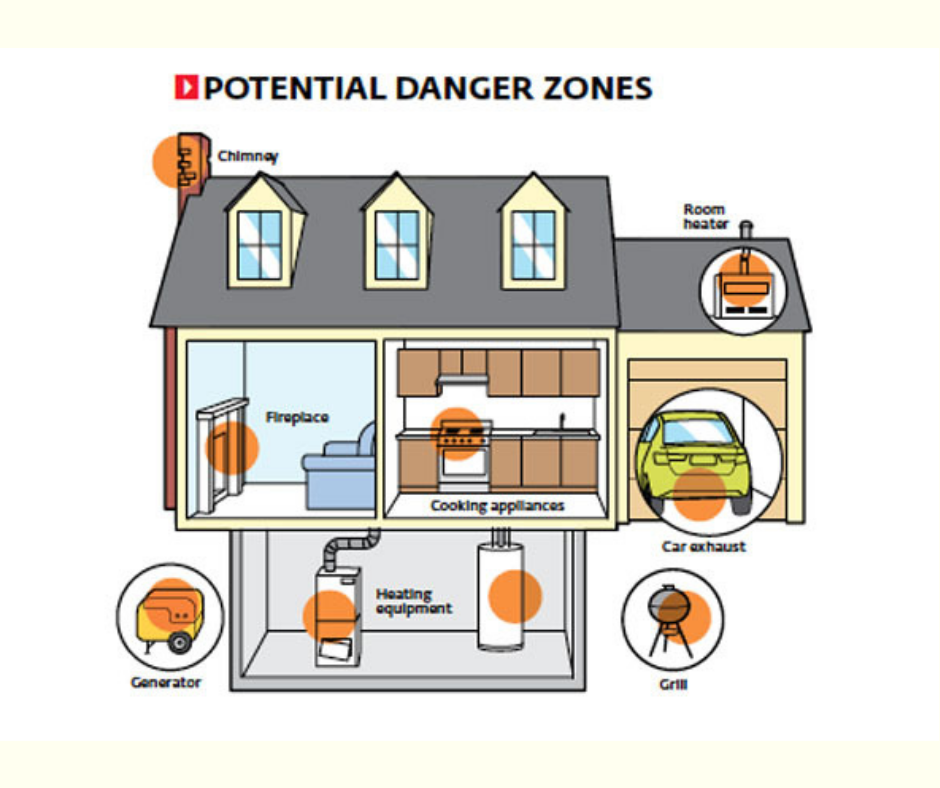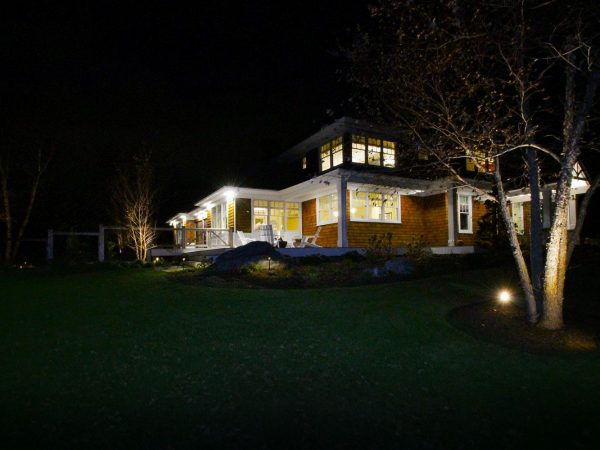
It was meant to be a celebratory weekend up north for one New England family. The father arranged to meet his children and their significant others in Maine, to mark his son’s high school graduation and daughter’s 22nd birthday. When the man arrived to join in on the festivities, he found his children lying unresponsive, without any signs of struggle.
It was later determined that they had passed away from carbon monoxide poisoning in their sleep — a parent’s worst nightmare.
How did this happen? This family’s getaway destination was a cabin in Maine — off the electric grid. The group needed power to cook when they had arrived the night before, so they turned on the portable generator in the basement. They went to bed with the generator still running in the house. The carbon monoxide fumes built up inside the home, and overtook everyone inside.
What makes carbon monoxide so dangerous? Carbon monoxide is a highly toxic gas that can lead to death within minutes. The fumes are emitted through the generator’s engine exhaust. Carbon monoxide is odorless and tasteless, making it nearly impossible to detect, and all the more dangerous. A single generator produces as much carbon monoxide as hundreds of cars, as the United States Consumer Product Safety Commission reports.
How can tragic accidents like this be prevented in the future? With the proper knowledge, these accidents are entirely preventable. Here are some important tips for safely operating your home generator:
- Always run portable generators outdoors, at least 20 feet away from the house. Do not run the generator in a garage, basement, crawl space, or enclosed structure.
- Do not run a generator within partially enclosed areas, or rooms with the windows or doors open. There is not enough ventilation to protect you from harmful carbon monoxide fumes.
- Point the generator’s exhaust fan away from the home at all times.
- Install carbon monoxide detectors to warn you of unusually high levels, since you won’t be able to sense them yourself. Change the batteries every six months.
- If you feel dizzy, nauseous, or sick, you may be inhaling dangerous levels of carbon monoxide. Get some fresh air, and seek medical assistance if your symptoms do not improve.
- Have a professional install a stationary generator a safe distance from your home. This will ensure it meets all of the requirements for keeping your family protected.
Our hearts and condolences go out to the Wakelin family. We hope this safety information will help protect you and your loved ones.




